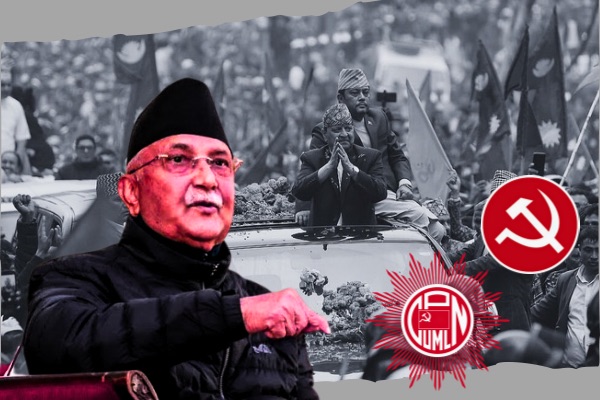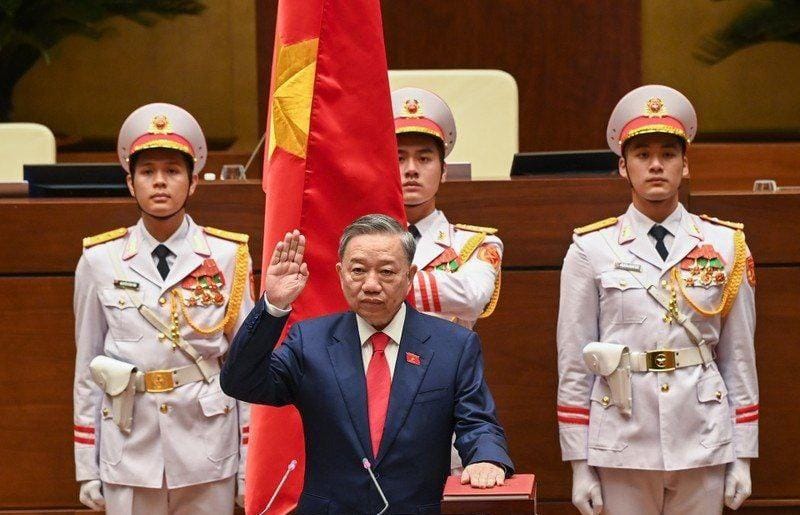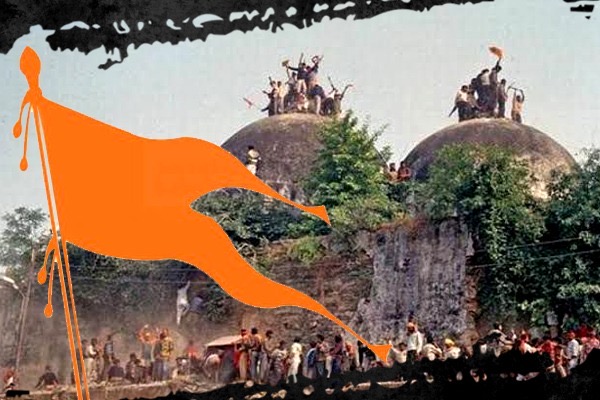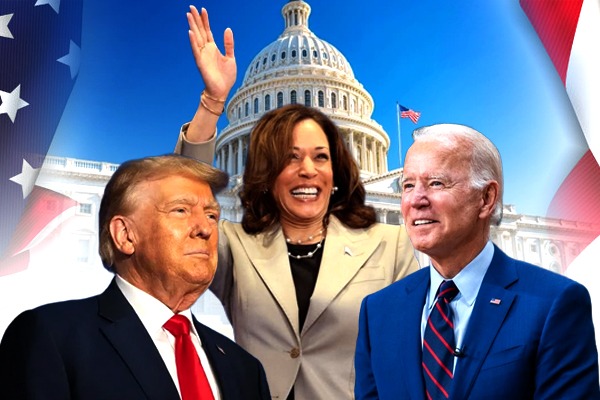Kathmandu, Nepal – After years of struggle, Nepal transitioned into a republic in 2008 when a specially elected assembly abolished its 239-year-old monarchy. This change came as part of an agreement that ended the communist-led resistance, during which 17,000 lives were sacrificed between 1996 and 2006. The country shifted from a Hindu kingdom to a secular, federal republic.
Today, the current constitutional republic and communist movement are facing a challenge from pro-monarchy royalists, supported by religious fundamentalists, who seek to restore the monarchy and reverse the course of history.
Recently, A pro-monarchy protests were seen in Kathmandu on Thursday (May 29), as thousands of demonstrators rallied in favour of restoring Nepal’s constitutional monarchy, nearly two decades after it was abolished. The protests, organized by the Rastriya Prajatantra Party, which holds a minor presence with just 13 seats in the national parliament. The rally on May 29 follows similar protests in March, which were met with heavy police intervention. Riot police used tear gas, water cannons, and rattan sticks to disperse crowds attempting to breach restricted areas. In the violence that ensued, two people, including a journalist, tragically lost their lives. In contrast, a separate anti-monarchy rally held on the same day concluded peacefully.
The March protests also led to significant property damage, with reports stating that private properties, a hospital, political party offices, vehicles, and even a media house were vandalized. The Ministry of Home Affairs condemned the violence and imposed an immediate curfew in the aftermath. The nature of the protests has been distructive so far and has been condemned by progressive parties and civil society in general.
The movement to reinstate the monarchy echoes the deep political frustrations that have gripped the nation since the monarchy’s abolition in 2008. The monarchy, which had ruled Nepal for 239 years, was ousted following widespread street protests that culminated in the establishment of the federal republic. King Gyanendra, the last monarch, has since lived a quiet life in Kathmandu as a private citizen.
While the monarchy’s abolition ended the 239-year-old institution, it did not end Nepal’s political volatility. The country has seen 14 governments in the 16 years since, with coalitions frequently shifting, contributing to a lack of political stability. This instability, compounded by an underdeveloped economy, has led millions of young Nepalis to seek employment abroad, especially in the oil-rich Middle East, South Korea, and Malaysia.
Frustration over political stagnation is palpable among the public, with many feeling that successive governments have failed to deliver on promises of economic growth and development. Nepal’s economy remains highly dependent on foreign aid and tourism, and progress on infrastructure and social welfare has been slow.
Nepal’s current political system is coalition-based, and the balance of power in Parliament is fluid, as parties frequently form alliances to secure a majority. The country’s Federal Parliament is bicameral, consisting of the 275-member House of Representatives and the 59-member National Assembly. Among the major political players are the Nepali Congress, Communist Party of Nepal (Unified Marxist-Leninist), Communist Party of Nepal (Maoist Centre), and the Rastriya Swatantra Party, which is behind the pro monarchy movement.
In 2018, Nepal’s two major communist factions, the CPN-UML and the Maoist Centre, merged to form the Nepal Communist Party (NCP), quickly becoming the dominant force in Nepali politics. However, internal rifts between Prime Minister Khadga Prasad Sharma Oli and Pushpa Kamal Dahal (Prachanda) led to the party’s split in 2020. The Supreme Court’s decision in 2021 to overturn the dissolution of Parliament by Oli only deepened the fragmentation of the communist movement, further fragmenting the political landscape.
Despite these internal fractures, the recent pro-monarchy protests, which remain limited in scope, are not likely to pose an immediate threat to Nepal’s republican system, given the limited support for royalist factions in Parliament. However, political instability and unresolved developmental challenges could fuel growing public discontent, potentially playing into the hands of right-wing forces, communist parties shall exercise caution.
Unless Nepal’s political leaders, particularly those in the communist factions, can unite and lead the country toward more inclusive development and long-term political stability, the spectre of unrest will remain a concern. The recent pro-monarchy rallies, while not representative of the majority, reflect a yearning for change among some segments of the population – a reminder of the fragile balance Nepal’s political system now faces.







